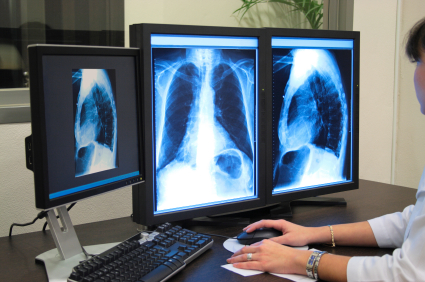For many of us who have grown up in this industry, either as users of document imaging technology or vendors who sell the products and services used in the capture, indexing, storing, managing, retrieving and distributing information. . . microfilm brings back many happy memories.
For some, the memories may not be so happy because there are limitations to microfilm that disappeared once we learned how to scan paper and convert it to digital images.
 With history that goes back to World War II, microfilm played an integral part of the industrial revolutions that followed the war and it became the medium used to protect and preserve critical business documents from checks to large engineering drawings.
With history that goes back to World War II, microfilm played an integral part of the industrial revolutions that followed the war and it became the medium used to protect and preserve critical business documents from checks to large engineering drawings.
16MM rolls of microfilm were used for standard size business documents and 35MM rolls were used to capture engineering drawings, newspapers and large format documents.
Microfiche jackets became the ideal replacement for file folders filled with paper. Each jacket became a unitized record of the document. The paper would be microfilmed on either a planetary flatbed camera or a rotary camera that generated the 16MM roll of silver master microfilm. The master roll would be duplicated onto diazo microfilm and then put into a vault or protected environment to preserve the information for well over one hundred years (if processed and stored properly). The duplicate diazo roll would then be cut into strips that were inserted into the microfilm jacket.
Another option for those large engineering drawings was the aperture card. Each aperture card had a cut out for a single 35MM frame of microfilm and would typically be indexed with Hollerith punched information to identify the drawing.
The world of digital imaging and document management systems is relatively new when it comes to managing information . . . in the grand scheme of things. Since we humans first started communicating with Hieroglyphics on walls around 3400 BC in Predynastic Egypt (according to Wikipedia) we have written and captured information in many different formats through many centuries – so our exposure to document management through microfilm and digital imaging is indeed relatively new!
What if your company or organization was an early adopter of digital imaging technologies, and you have established document management systems that are efficient and providing your employees the ability to find what they want, when they want it, and either print the image or move the information electronically through your organization – and then somebody brings you microfilm – what do you do then?
Let’s face it, there is still a lot of information out there on various types of microfilm and it is information you may need because it is historical information that could be subject to litigation and the discovery process of an unfriendly attorney, or it could be complementary information that needs to be linked up with information that was born digital or previously scanned from original paper documents.
There are two ways you can work with your microfilm collections and have them be an integral part of your information management system.
You can convert large amounts of microfilm in a bulk scanning project that will convert the microfilm image to a digital image and then we capture the indexed information that identifies the image.
A second method to deal with requests to find information stored on microfilm is to scan-on-demand. With this method, we house your microfilm in our protected environment and do the research to find the information you need. We then scan just the image relating to the information request and email them to you or post them to an FTP site for you to retrieve.
Either way microfilm remains a critical component of an effective document management system driven by digital imaging.
Don’t forget, when the person requesting information they need to do their job, and that image appears on their computer screen, they are not going to care if it came from an image that was born in the computer, or a scanned image that was originally a piece of paper, or a scanned image from a piece of paper that had been microfilmed years ago.


